Practical guide: What documents do you need to import merchandise into Mexico?
In the dynamic world of international logistics, especially in North America, knowing the documentation required to import goods into Mexico is as important as the transportation operation itself. A professional 4PL forwarder or logistics operator knows that any documentary error can result in delays, additional costs and even penalties.
With the rise of nearshoring —which attracted billions of dollars in investment to Mexico in 2023 (bbva.mx) — many companies are integrating their supply chains in Mexico. Therefore, understanding what documents you need to import legally and smoothly is critical to taking advantage of foreign trade opportunities between Mexico and its North American partners.
The key documents to import they must always be in order: A single mistake can mean days of customs delays and extra logistics costs for your company.
Below, we present a clear and professional guide, designed for freight forwarders, 4PL logistics operators, importers/exporters and industrial foreign trade companies. We will review the basic and specific documentation by type of merchandise, with applied examples (automotive, RORO/LOLO project loads) and tips to avoid common errors. We also include regulatory references (SAT, Customs Law, T-MEC, OMA) and recent statistics to assess the importance of impeccable document management in your operations.
Basic documentation required for every import
Any company that wishes to import to Mexico must have certain basic documents on every shipment. These ensure compliance with customs regulations and serve to Uncustoms the goods correctly. In accordance with Article 36-A of the Customs Law, the importer must transmit several essential documents electronically to the customs authority. Below, we detail the main ones:
Import Request
It is the official document that Declare the goods to customs. The order contains the importer's data, value, quantity, origin, duties and taxes, and constitutes the legal evidence of entry of the merchandise to Mexico. In practical terms, it is The central document of the customs office to which all the others are attached. Without a validated order, the merchandise cannot be delivered. (Fact: In Mexico, millions of orders are processed annually through the electronic customs system.)
Commercial Invoice
The commercial invoice, issued by the supplier or seller abroad, details the international sales transaction. It must include key information: exporter and importer data (name, RFC or tax identification), date, invoice number, detailed description of the merchandise (quantity, weight, model/part), unit value and total value, currency of the transaction and the Incoterm agreed.
A well-made invoice should break down any concepts of freight, insurance, or other charges if applicable, and must match the order exactly in quantities and values. The Tax Administration Service (SAT) requires that certain fields be correct for tax purposes (for example, if the invoice is in foreign currency, the official exchange rate of the day will be used to calculate the value in MXN). In short, the invoice is the basis for calculating taxes and validating the legitimate ownership of the merchandise.
Guide or Bill of Lading (BL/AWB/Carta Porte)
This is the transport document which protects the international movement of goods. Its format varies depending on the medium: a Bill of Lading (BL) for shipping (or sea bill of lading), a Air Waybill (AWB) for air transport, or a Porte card (complementary to the CFDI) for land transport in Mexico. These documents indicate who is the consignee (recipient) authorized to receive the cargo, detail the means of transport, route, shipping or airline, and describe the cargo (packages, weight, container, etc.).
Applied example
In an automotive import by sea RoRo (roll-on/roll-off), the shipping company's BL will indicate the VIN number of each vehicle and must be correctly entered to the importing company in order to release them at the port. Also, in oversized project loads that require handling LoLo (lift-on/lift-off with crane), the bill of lading will detail the special equipment used. This document is vital since customs uses it to confirm ownership and conditions of transport.
Packing list
Although it is not a requirement specifically mentioned in the Customs Act, in practice it is essential to attach it. The packing list is a detailed list of the packages or packages contained in the shipment: number of boxes or pallets, the contents of each one, dimensions, gross and net weight of each package, etc. It makes it easier for both the customs agent and the authorities to physically identify the merchandise during inspections.
For example, if you import 50 boxes of auto parts, the packing list will indicate which parts and how many are in each box, helping to verify that they match the invoice and the order. A clear packing list avoids confusion in revisions and speeds up eviction in the warehouse or customs yards.
Special permissions or certificates (if applicable)
Depending on the type of merchandise, it may be mandatory to attach additional permits, licenses or certificates to comply with non-tariff regulations. For example, certain products require Mexican Official Standards (NOMs) certificates, health permits, safety permits, etc.
If the merchandise is subject to any regulation (e.g., medical equipment, telecommunications, chemicals, food), the corresponding authorization document must be obtained and presented together with the order. We'll dive deeper into these additional documents later. The absence of a mandatory permit may stop dry importation at customs.
All of these basic documents must be ready before the goods arrive at customs. Mexico operates through a Single Window for Foreign Trade (VUCEM) for the digital transmission of documents: in fact, more than 314 million documents in this system (ventanillaunica.gob.mx), reflecting the large volume of documents handled by importers and customs agents. Proper documentary preparation, ideally with the support of a good customs broker or foreign trade area, will ensure that your cargo does not suffer unnecessary delays.
{{aduanas}}
Additional documents depending on the type of merchandise
In addition to basic documentation, each type of merchandise may require specific documents for importation, generally related to tariff preferences or to compliance with technical, health or safety regulations. Here are some of the most common additional documents depending on the nature of the imported goods:
Certificate of origin
Crucial document for applying tariff benefits derived from free trade agreements. If the product comes from a country with which Mexico has a trade agreement (e.g. T-MEC between Mexico, the USA and Canada, or agreements with the EU, Japan, etc.), a valid certificate of origin allows importing with reduced or no duty.
For example, an automotive company that imports components from the United States under the T-MEC must have the corresponding USMCA certificate of origin for Save up to 100% of the tariff in those parts, otherwise you would pay the applicable Most Favored Nation tariff. The certificate of origin is usually issued in a specific format or even digitally; under T-MEC, a declaration that includes certain minimum data on the exporter, tariff classification and origin criteria is sufficient.
Fact:
Mexico has 14 trade agreements that cover 50 countries, taking advantage of these agreements more than 90% of its industrial exports and imports.
The United States accounts for about 44% of total imports from Mexico and China, about 20%, with the two main sources of merchandise being (wits.worldbank.org) — that is why the correct determination of the origin and use of certificates can represent millions in savings for importing companies.
Required NOM Certificates (Official Mexican Standards)
Many goods are subject to safety, energy efficiency, commercial labeling, etc., that must be complied with when importing. For example, electronics require NOM electrical safety certificates (NOM-001, NOM-019), appliances may require energy efficiency (NOM-ENER), food and beverages must meet labeling NOMs (NOM-051), textiles require composition labels (NOM-004), toys and children's products have specific safety NOMs, to name a few.
These certificates are issued by accredited bodies (in some cases they may be foreign laboratories backed by Mexico). It should be noted that since October 2020 it is no longer possible to avoid compliance with certain business information NOMs by means of the “non-marketing letter” which was previously accepted in some cases — the Ministry of Economy eliminated that exemption, requiring that All goods subject to NOM labeling arrive in compliance or are labeled before delivery (logycom.mx).
In other words, if your products require a NOM certificate, you'll have to manage and submit it; there are no legal shortcuts. Failure to comply with an applicable NOM will result in customs not releasing the merchandise until compliance is proven (either via a certificate of conformity, re-labeling in a tax warehouse, etc., depending on the options of the current NOM regulation).
Sanitary or phytosanitary permits
Certain assets are subject to regulation by specialized agencies. For example, if you import medicines, medical supplies, cosmetics, or food and beverages, COFEPRIS (the Mexican health authority) requires a sanitary import permit or prior health registration. For animal, vegetable or agro-food products, SENASICA (National Service for Agrifood Health, Safety and Quality) may require phytosanitary certificates, animal import permits, certificates of free sale from the country of origin, etc.
A typical case: the import of dietary supplements requires authorization from COFEPRIS; that of seeds or grains, phytosanitary certificates and fumigation treaties; that of wood, phytosanitary certificates and sometimes a treatment against pests. These documents guarantee that the merchandise complies with public health standards and will prevent your cargo from being held in quarantine.
Applied example: a company in the food industry importing natural extracts will need the corresponding health permit, otherwise customs will hold the batch until it is destroyed or returned to the origin.
Letter of non-marketing or personal use (specific cases)
It was a letter protested by the importer stating that certain imported goods would not be marketed in Mexico (for example, material intended for research, laboratory samples, own equipment for the provision of services, personal effects). Historically, this letter was used to temporarily exempt compliance with certain regulations (especially labeling NOMs) when merchandise would not be intended for sale to the public. As we mentioned, starting in 2020 the Non-marketing letter exception was eliminated for labeling NOMs (logycom.mx). However, the figure could still be used in other very particular cases, for example imports under personal franchises or household goods, or imports of used machinery that will not be sold but will be used internally.
In current practice, it's better to assume that all applicable regulations must be complied with; relying on a non-marketing letter will no longer prevent the processing of NOM or other requirements. This change requires importers and forwarders to plan more in advance the certification or labeling of products.
{{4pl}}
As we can see, the additional documentation depends entirely on the type of merchandise and its use. Un 4PL logistics operator or expert customs broker will perform a documentary profile of your import before it occurs, identifying which permissions or certificates will be necessary. For example, in the automotive sector, in addition to the invoice and order, it is common to manage T-MEC certificates of origin for auto parts, emission NOMs for vehicles (if they are new units) or to comply with road safety regulations.
For industrial project loads (heavy machinery, specialized equipment), permits from the Ministry of Energy or proof of compliance with machinery safety regulations are sometimes required. Every detail counts. The good news: with the right planning, practically all procedures can be carried out online (either via VUCEM, VUCE de SE, or regulatory agency platforms), reducing time and facilitating foreign trade.
Validation by the authority and common errors
When your import file (order + documents) is integrated, the moment of truth comes: the review by the customs authorities. Mexico uses an automated selection system (fiscal traffic light: green, random recognition, etc.) to decide which loads are inspected, but all shipments go through an electronic documentary filter.
Next, we discuss what the customs authority verifies when examining your documents and what are the most common errors that importers commit (and that you can avoid with foresight).
What does the authority check when validating your documents?
The Mexican National Customs Agency (ANAM), together with the SAT, thoroughly check the consistency of the information in all transmitted documents. The main control points include:
Key Data Matching
It is crossed that the data of the supplier/exporter, the consignee/importer, the description of the merchandise, quantities, units of measure and declared value match exactly on the invoice, order, bill of lading and other documents.
Any discrepancy (for example, the invoice says 100 pieces but the order 99, or a different description) will raise an immediate alert. The tariff description on the order must match the commercial description on the invoice and packing list.
Serial numbers or identifiers
If the product requires it (machinery, high-value electronics, VIN vehicles, etc.), the authority will check that the serial numbers or unique identifiers are declared and correspond to documents. For example, when importing RoRo vehicles, the order must include the VIN of each unit, and this must match the BL and the source documents. Omissions in serial numbers can be considered evidence of contraband or cause delays for physical inspection.
Correct customs value
The declared value of the merchandise is critical for calculating taxes. Customs verifies that the value on the invoice is in line with market values and that it has been correctly determined in accordance with the Customs Law (transaction value or other methods). A significantly low value can trigger an investigation (undervaluation).
They also check that, if the invoice is in foreign currency, the official exchange rate of the business day before the payment of taxes has been applied, as required by the rules. Errors in this calculation or lack of value expression (declaration of elements to determine value) may cause delays or additional requirements.
Regulatory Compliance (RRNA)
Through the One Stop Shop, customs verifies that any non-tariff regulation document (RRNA) mandatory to be present and current: NOM certificates, import permits, quota authorizations, etc. For example, if the tariff fraction of the product has a restriction, the system validates that the necessary document has been attached (the systems are parameterized by tariff fraction in accordance with Annex 2.4.1 and other regulations). Otherwise, the order cannot complete its validation.
Nowadays, these documents are usually submitted in electronic format (.pdf or .xml files) through VUCEM, so the authority also reviews the legibility and validity of these files.
Correct payment of contributions
Finally, the authority verifies that the corresponding import taxes have been paid: General Import Tax (duty), VAT, DTA (customs processing right) and any other applicable contribution or compensatory fee. The order includes the payment receipt, but any inconsistency (for example, incorrect calculation of the tariff due to poor tariff classification) will be noticed.
It is also reviewed that if a tariff preference (0% per treaty) was applied, it is actually supported by a valid certificate of origin.
In short...
Customs cross each piece of information between documents to ensure consistency and legality. Thanks to modern systems and the interconnection with databases (VUCEM, importer register, etc.), much of this review is automated. Even so, customs officers can carry out additional manual checks in the case of traffic lights Yellow O Red. That's why it's vital to deliver an impeccable record.
When documentation is consistent, customs clearance can be achieved in a matter of hours; if there are discrepancies, the import can take days or weeks to clear them up.
Common errors in customs files
Even experienced importers can commit common mistakes in the integration of your documents. Identifying them will help you prevent them in your operations:
Invoice in a different currency without clear conversion
A typical mistake is to submit invoices in dollars, euros or other currency without correctly indicating or calculating the equivalent in pesos for the order. If the conversion to MXN is made at the wrong exchange rate, the declared customs value will be incorrect. This can result in insufficient or excessive tax settlement, both of which are problematic (if it is insufficient, there will be additional payment and possible fine; if it is excessive, it is money lost until corrections are processed).
Advice: always use the official exchange rate of the DOF (Official Gazette of the Federation) the day before the payment of the order, and reflect in the documentation the conversion or note the exchange rate applied. Also, if the invoice comes in another language, it is advisable to include a translation of the key fields to avoid misinterpretation.
Incorrect tariff classification
This is perhaps the most serious failure in many cases. Each product must be declared with the appropriate tariff fraction of the Harmonized System (TIGIE in Mexico). A misclassification may involve paying a different tariff than the one due or not complying with applicable regulations.
For example, entering telecommunications transmitters with the wrong fraction could unintentionally evade a radio security NOM, which would be a serious violation. The customs authority has specialized units (verifiers) that can detect inaccurate classifications and reclassify the merchandise, imposing fines.
Recommendation: Get advice from experts in tariff classification and verify the fraction every time you import a new product. Stay up to date with changes in the TIGIE (such as the Seventh Amendment to the Harmonized System implemented in 2022). Un Forwarder with a good customs department or an external consultant can support this crucial task.
{{aduanas-light}}
Don't declare applicable non-tariff regulations
Omissions in compliance documents (RRNA) are common causes of arrest. If your product requires permission from a secretariat (Economy, Health, Defense, etc.) or a NOM certificate and you don't attach it, the system will block the dispatch. Sometimes this happens out of ignorance: for example, small companies importing used machines may not be aware that they require prior permission from the Ministry of Economy to import used goods. Or, someone imports drones without knowing that they require communications authorization.
How to avoid it: before importing, consult the Annex 2.4.1 of non-tariff regulations and restrictions for your tariff fraction, or use SAT tools (VUCEM or inquiries to the Standards Window) to verify what regulations apply. Always state the corresponding regulatory keys in the application and attach the documents to the Single Window.
Declare wrong origin (and lose TLC benefits)
It happens when it is assumed that the merchandise qualifies as originating in a TLC country but the certificate is not available, or worse, it is wrongly declared as originating without support. For example, an importer might think that by buying from a distributor in the United States, the product is automatically of T-MEC origin, when in fact it could have been manufactured in China (which would invalidate the preferential treatment). Claiming an incorrect origin may result in retroactive collection of unpaid duties and penalties.
Solution: be sure of the real country of origin of your products and Only apply tariff preferences if you have a valid certificate of origin. If not, declare them as a real country of origin and assume the general tariff. It is better to pay a fee than to face a penalty for false origin. Remember that Mexican customs authorities share information with those in the United States and other countries; an audit can detect inconsistencies in origin or value.
In short...
Most errors are prevented with triple verification: check everything against everything (invoice vs order vs permissions vs packing list) before transmitting to the system. An important habit is to rely on document checklists and technology: today there are customs document management tools that automatically validate fields. Also, maintaining fluid communication with your customs broker or 4PL is key: they can warn you of a missing document or inconsistency before it's too late.
Final checklist of documents and recommendations
To conclude this guide, we present you with a verification checklist that you can use before completing your import file. Make sure to mark all of these points:
- ✅ Commercial Invoice with Incoterm, correct unit value and total value, complete tax data and detailed description of the merchandise.
- ✅ BL/AWB/Porte Card with correct consignee, description consistent with the invoice (packages, weight) and signed by the carrier.
- ✅ Packing list that matches the invoice and the order in terms of the number of packages and contents, verified against the physical merchandise.
- ✅ RRNA compliance documents (permissions, NOM certificates, licenses) digitized at VUCEM and in force, as required by the tariff fraction.
- ✅ Certificate of origin valid (if commercial agreement applies), with all required data, verified and in hand before dispatch.
- ✅ Pedimento prepared with the above data: correct tariff fraction, calculated contributions, full addendums (statement of value, identifiers, etc.), and Tax payment made.
With all of the above covered, you'll be in a position to import without a hitch. In case of doubt, Do not skimp on seeking specialized advice. A good logistics partner can save you a lot of time and money by anticipating requirements and avoiding errors.
A strategic 4PL partner
In InterDabs, for example, we ensure that each document is in order, anticipating comments and avoiding customs issues. Como integral 4PL operator, we coordinate transportation, Customs, yard storage and all foreign trade logistics so that your company can focus on its core business. Do you want to import without errors? Contact us and we'll do it for you.
Everything your logistics needs





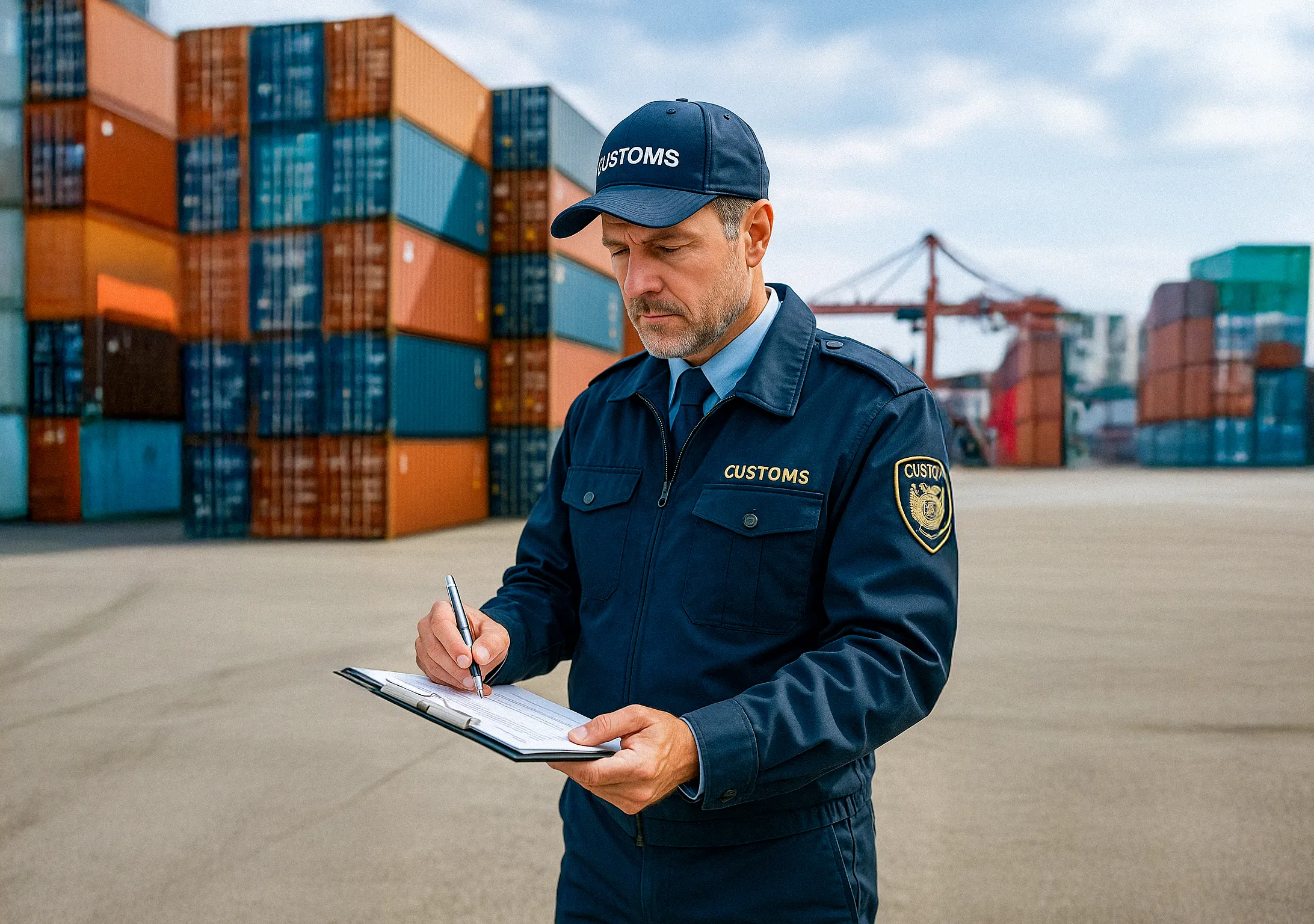
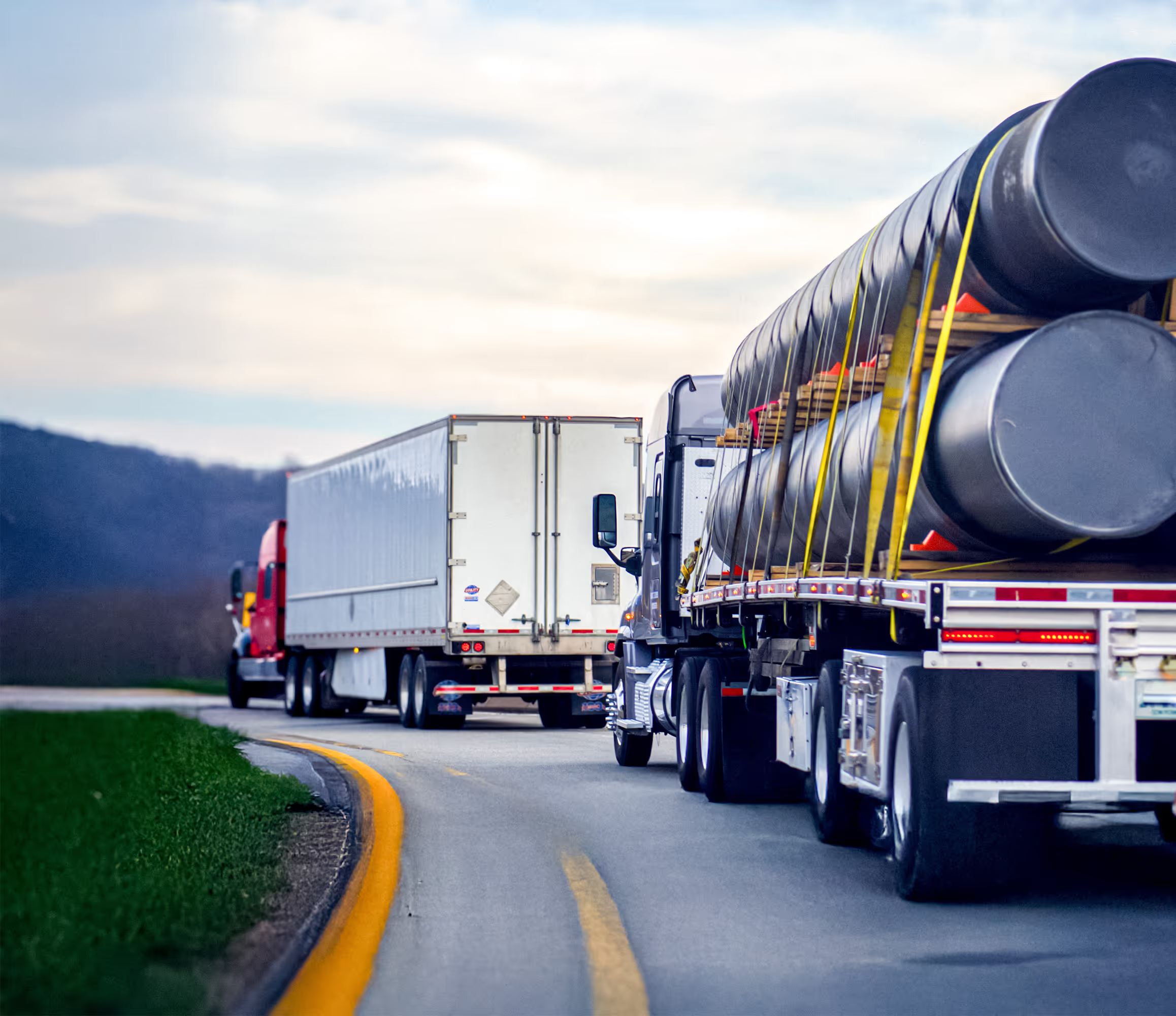
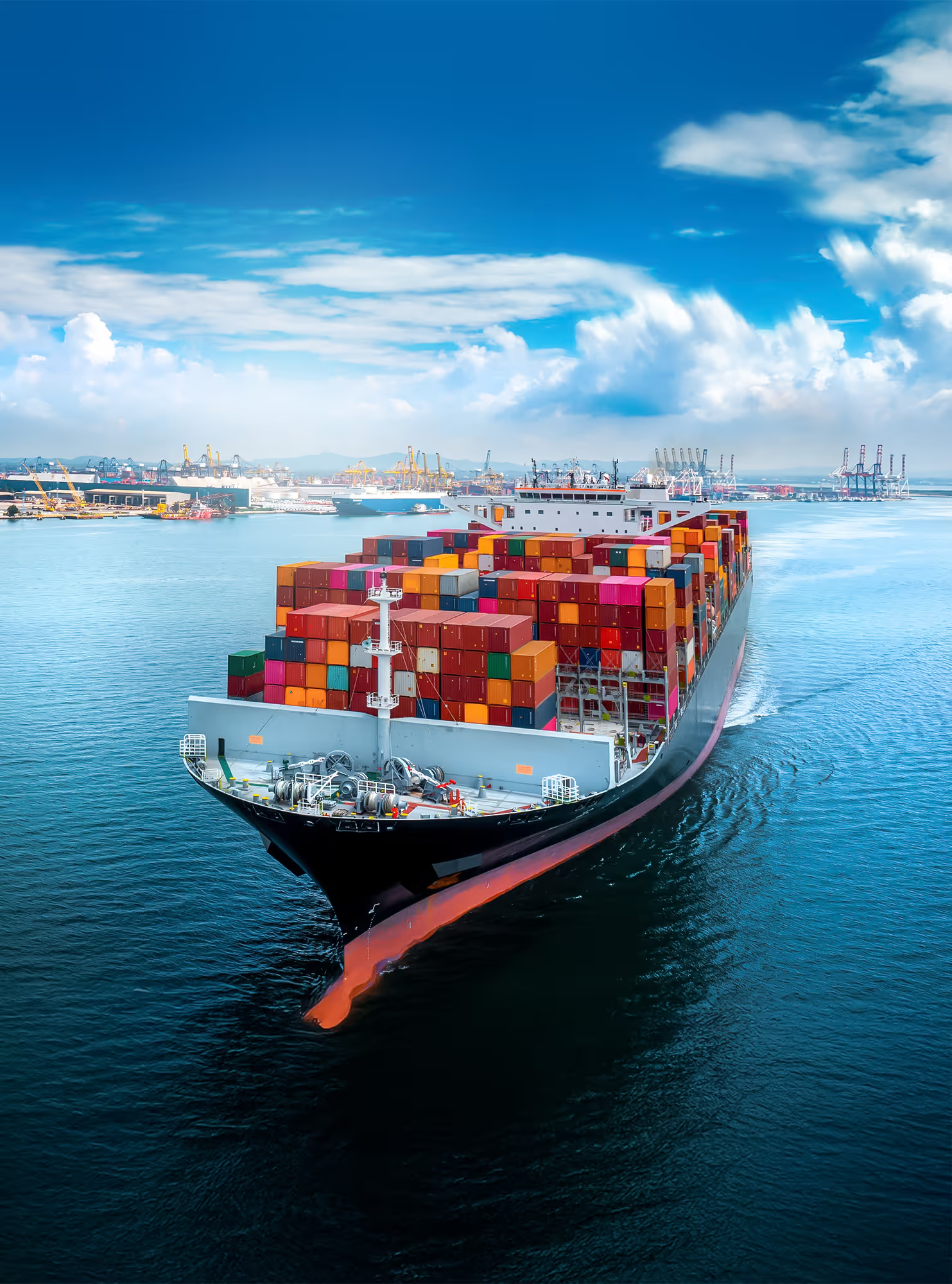

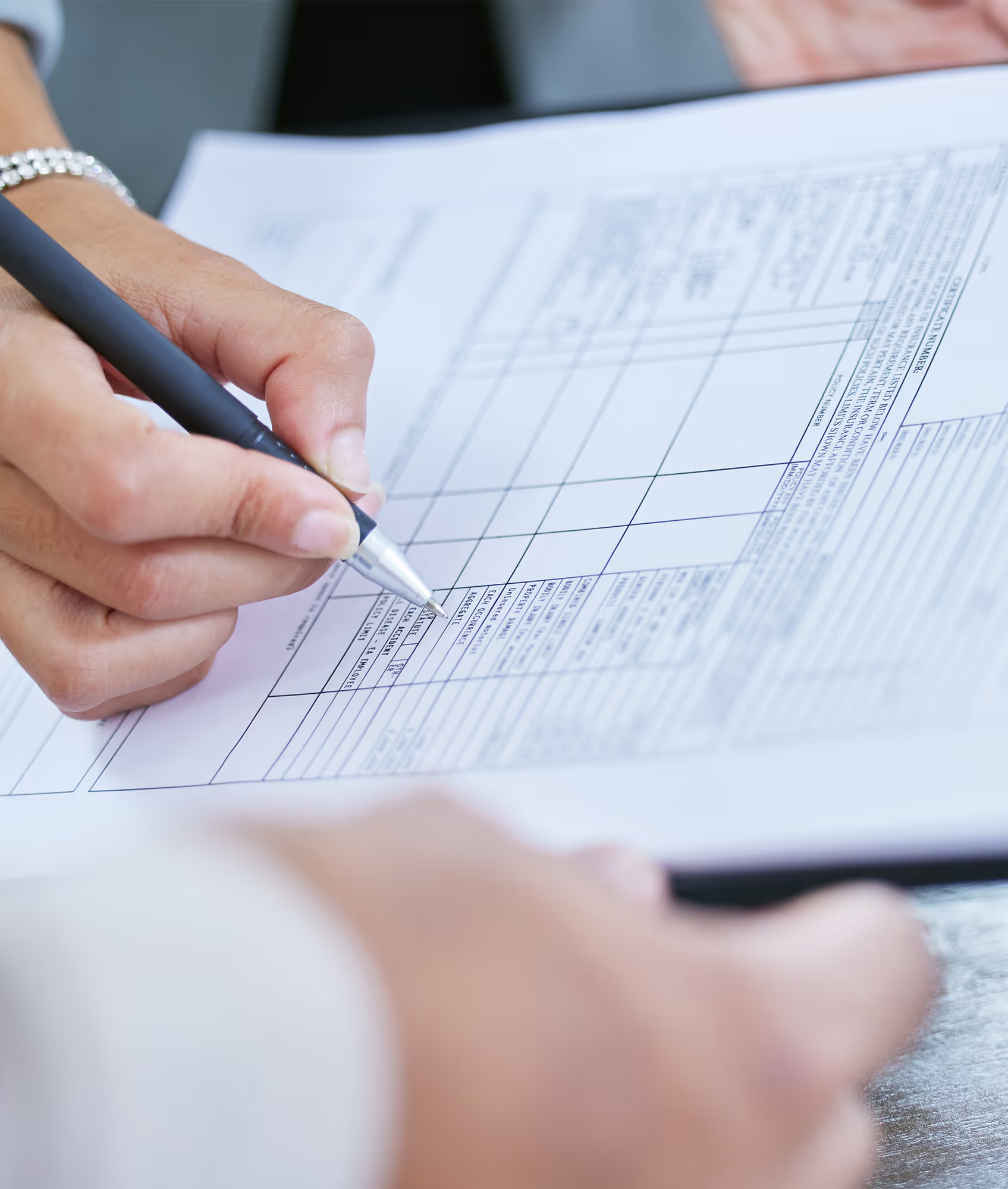
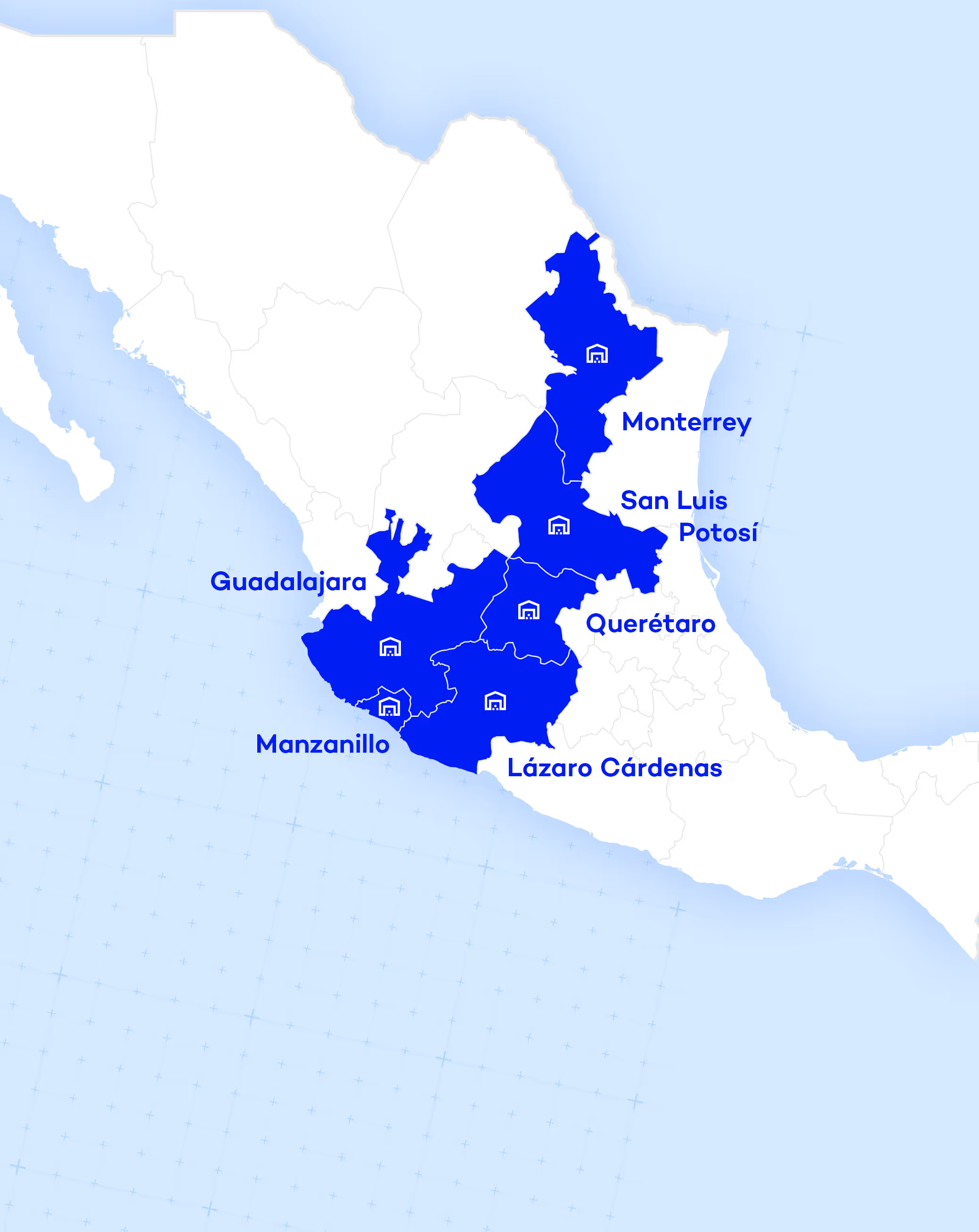
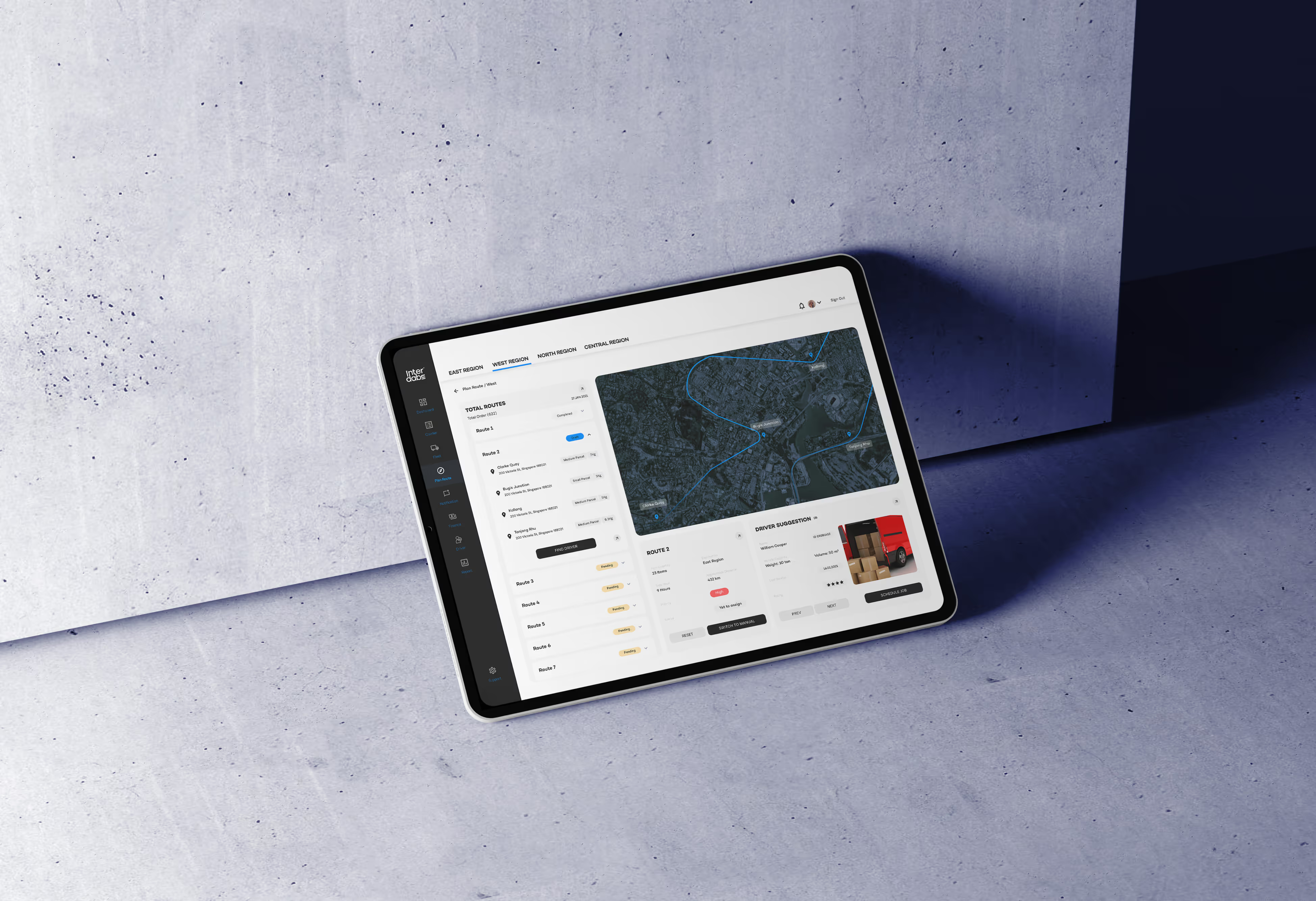
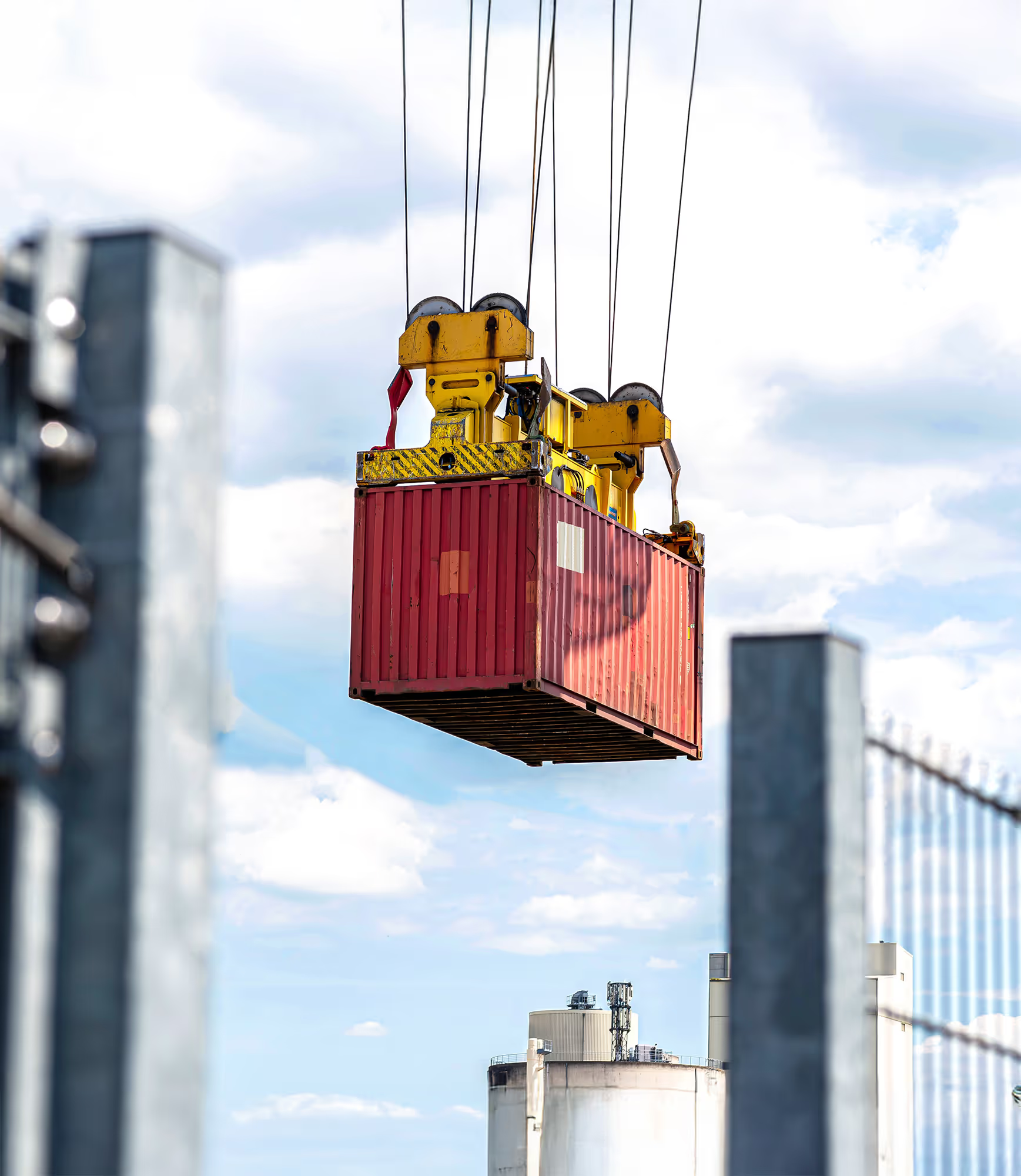
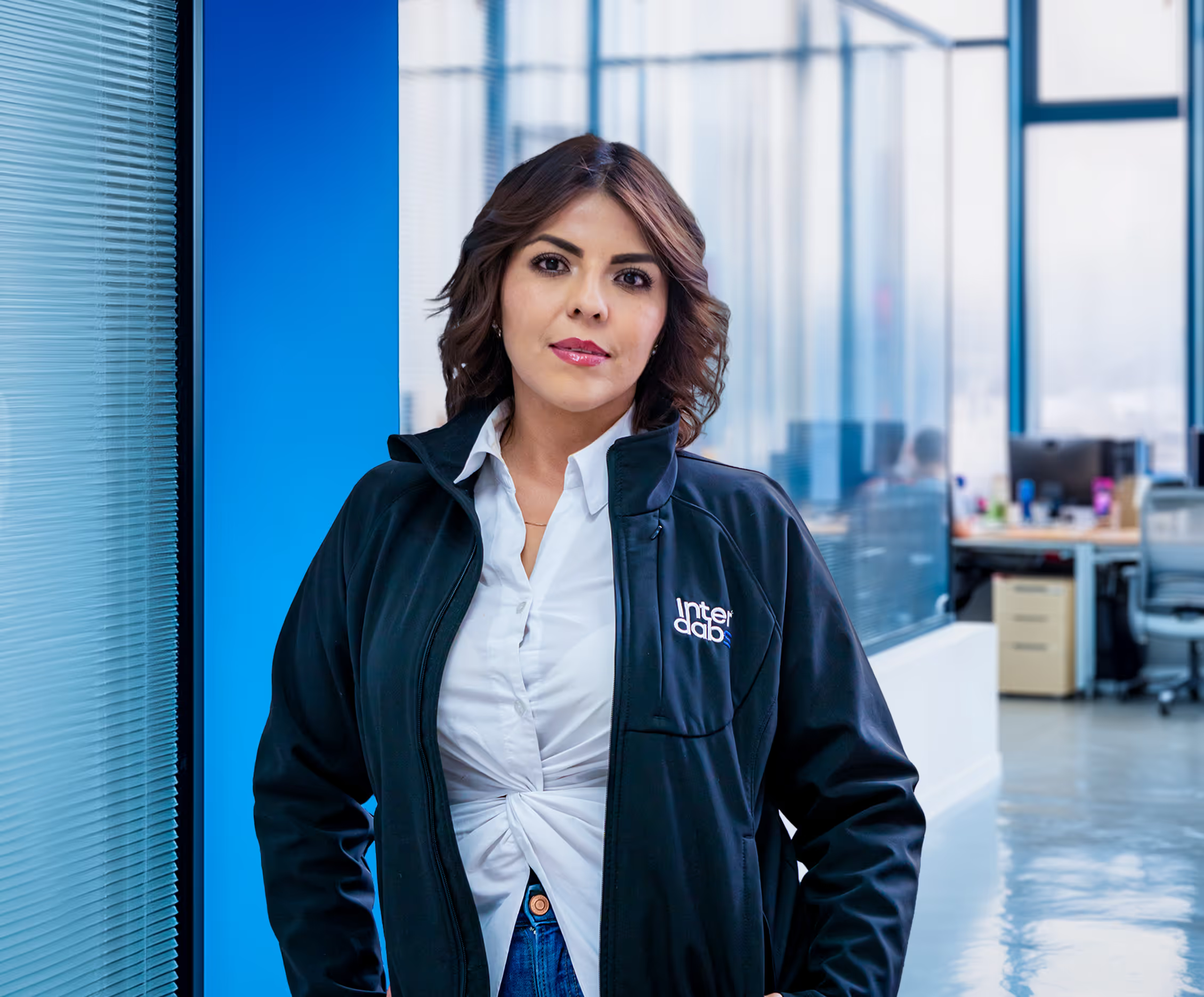

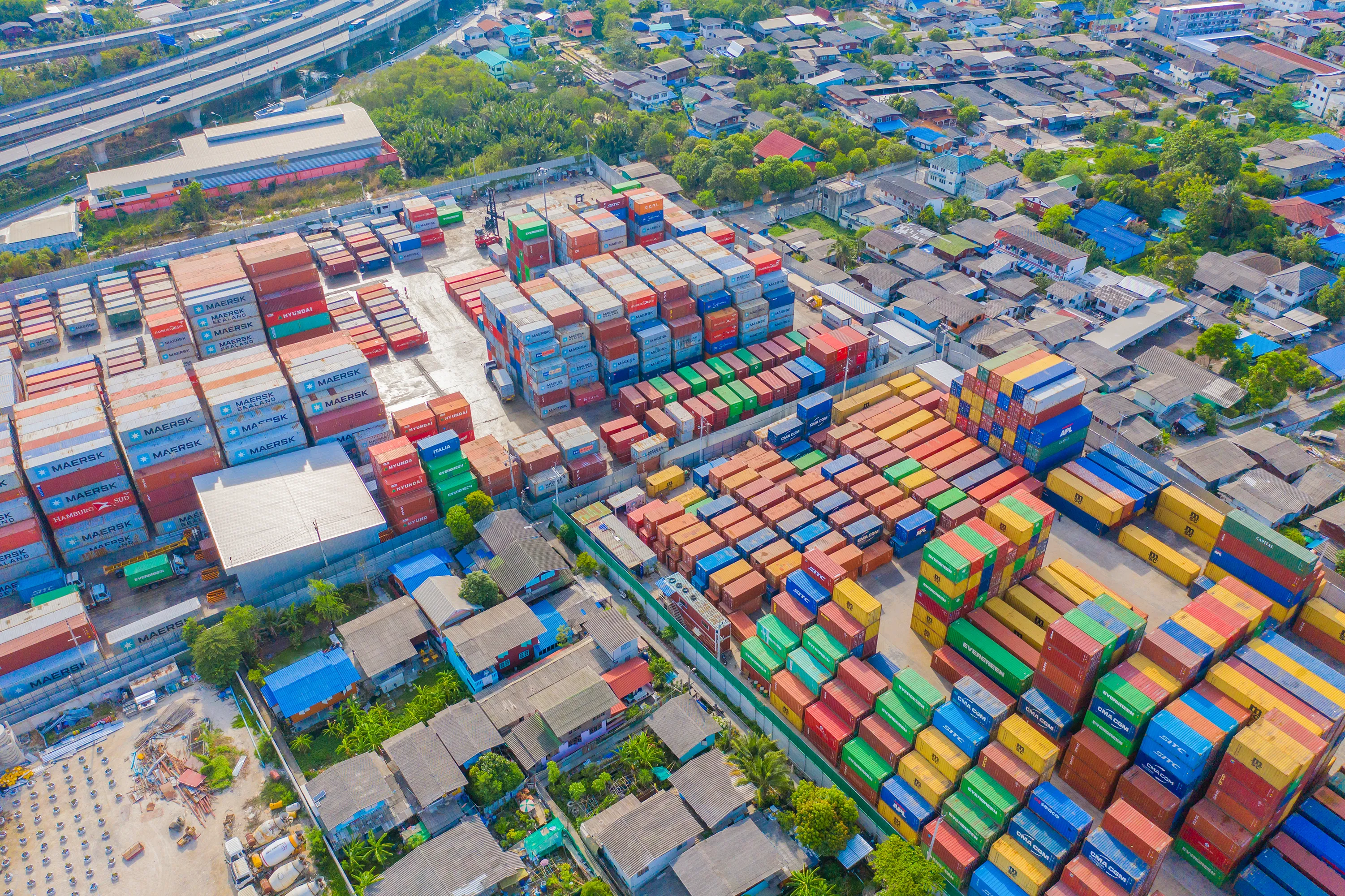

.png)